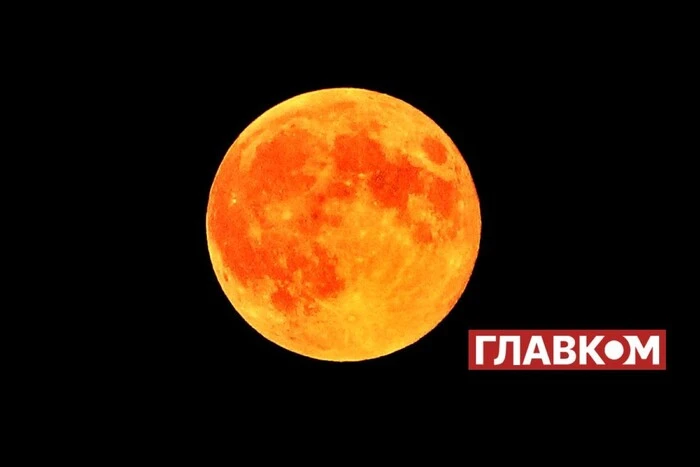The largest Hunter's Supermoon of the year rose in the sky: photos of the unique phenomenon.


On Thursday, October 17, we had the unique opportunity to see the brightest supermoon of this year - the Hunter's Moon. It will be at a record close distance of 357,364 kilometers from Earth. According to Adler Planetarium, this Moon will be 30% brighter and 15% larger than the regular full moon.
The Hunter's Moon will be positioned between Saturn (right) and Jupiter (left), and in three nights, on October 20, it will rise with Jupiter. This name comes from an Anglo-Saxon word, meaning it once signaled hunters to prepare for winter. And although the Moon has other names, such as the Falling Leaves Moon and the Blood Moon, it's worth noting that the latter name isn't related to a total lunar eclipse.
The next full moon falls on November 15. It is called the Beaver Moon, Frost Moon, or Freezing Moon, and will be the last supermoon in 2024.
When and how to watch
According to NASA, the best Time to watch the Hunter's Moon is on the east after sunset. For better visibility, it is advised to look slightly above the horizon. We'll have the opportunity to enjoy this natural beauty for several days in a row.
Unlike this breathtaking phenomenon, NASA is showcasing its innovative directions. Recently, plans were announced to build stations on the Moon and Mars using fungi and lunar soil.
Chinese scientists have studied the soil brought from the Moon by the Chang'e 6 spacecraft. It consists of basalt, breccia, cementite, light-colored rocks, and glassy material. Basalt makes up 30-40% of the total sample volume. It should be noted that China also landed an unmanned spacecraft on the far side of the Moon, elevating the country's status as a space power.
Read also
- Child Property — What Parents Are Not Allowed to Do by Law
- Support for Families of Missing Military Personnel — What Benefits Are Available
- Inheritance may be received by the community - when property transitions to the state
- Rain and Thunderstorms Across Ukraine - Weather Forecast for Today
- Remote Pension Application - What You Need to Know in 2025
- Entrances of the USSR — why the walls were painted blue and green









